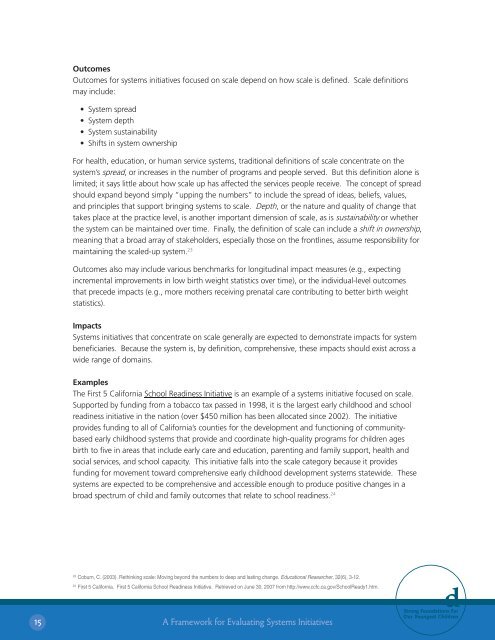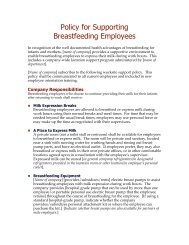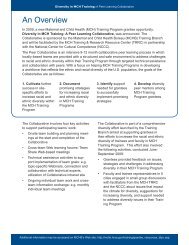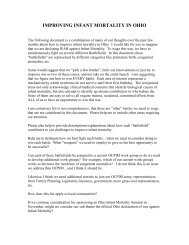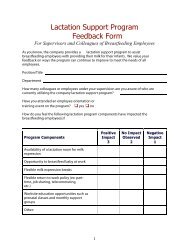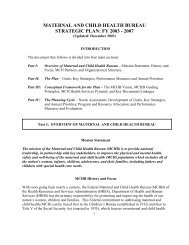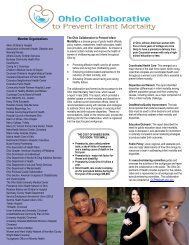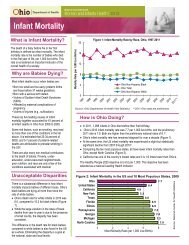A Framework for Evaluating Systems Initiatives
A Framework for Evaluating Systems Initiatives
A Framework for Evaluating Systems Initiatives
- No tags were found...
You also want an ePaper? Increase the reach of your titles
YUMPU automatically turns print PDFs into web optimized ePapers that Google loves.
OutcomesOutcomes <strong>for</strong> systems initiatives focused on scale depend on how scale is defined. Scale definitionsmay include:• System spread• System depth• System sustainability• Shifts in system ownershipFor health, education, or human service systems, traditional definitions of scale concentrate on thesystem’s spread, or increases in the number of programs and people served. But this definition alone islimited; it says little about how scale up has affected the services people receive. The concept of spreadshould expand beyond simply “upping the numbers” to include the spread of ideas, beliefs, values,and principles that support bringing systems to scale. Depth, or the nature and quality of change thattakes place at the practice level, is another important dimension of scale, as is sustainability or whetherthe system can be maintained over time. Finally, the definition of scale can include a shift in ownership,meaning that a broad array of stakeholders, especially those on the frontlines, assume responsibility <strong>for</strong>maintaining the scaled-up system. 23Outcomes also may include various benchmarks <strong>for</strong> longitudinal impact measures (e.g., expectingincremental improvements in low birth weight statistics over time), or the individual-level outcomesthat precede impacts (e.g., more mothers receiving prenatal care contributing to better birth weightstatistics).Impacts<strong>Systems</strong> initiatives that concentrate on scale generally are expected to demonstrate impacts <strong>for</strong> systembeneficiaries. Because the system is, by definition, comprehensive, these impacts should exist across awide range of domains.ExamplesThe First 5 Cali<strong>for</strong>nia School Readiness Initiative is an example of a systems initiative focused on scale.Supported by funding from a tobacco tax passed in 1998, it is the largest early childhood and schoolreadiness initiative in the nation (over $450 million has been allocated since 2002). The initiativeprovides funding to all of Cali<strong>for</strong>nia’s counties <strong>for</strong> the development and functioning of communitybasedearly childhood systems that provide and coordinate high-quality programs <strong>for</strong> children agesbirth to five in areas that include early care and education, parenting and family support, health andsocial services, and school capacity. This initiative falls into the scale category because it providesfunding <strong>for</strong> movement toward comprehensive early childhood development systems statewide. Thesesystems are expected to be comprehensive and accessible enough to produce positive changes in abroad spectrum of child and family outcomes that relate to school readiness. 2423Coburn, C. (2003). Rethinking scale: Moving beyond the numbers to deep and lasting change. Educational Researcher, 32(6), 3-12.24First 5 Cali<strong>for</strong>nia. First 5 Cali<strong>for</strong>nia School Readiness Initiative. Retrieved on June 30, 2007 from http://www.ccfc.ca.gov/SchoolReady1.htm.15A <strong>Framework</strong> <strong>for</strong> <strong>Evaluating</strong> <strong>Systems</strong> <strong>Initiatives</strong>


